What is Peak Shaving & Load Shifting?⚡Differences Explained
Explore the differences between peak shaving and load shifting and how it can maximise solar & battery, reduce your bills and grid reliance in Australia.
Read more
Tesla Powerwall 3 Rebate Now Available - Combine with Federal Subsidy Today
Posted 23 Oct
When talking about anything electrical, from your classic lightbulb to solar systems and electric vehicle charging, elements like amps, volts, ohms, and watts are often thrown around, but do they mean, and what’s the difference between them?
Electricity is simply a form of energy where electrons move through a conductor. The flow of charged particles (primarily electrons) is also known as an electrical current which is sent to power devices like phones and lights.
How are amps, volts, and watts used for measuring electricity? Using the hose analogy, it will help us understand visually.
Together, these measure the different aspects of how electricity flows. They also apply to every electrical device that produces or consumes energy.
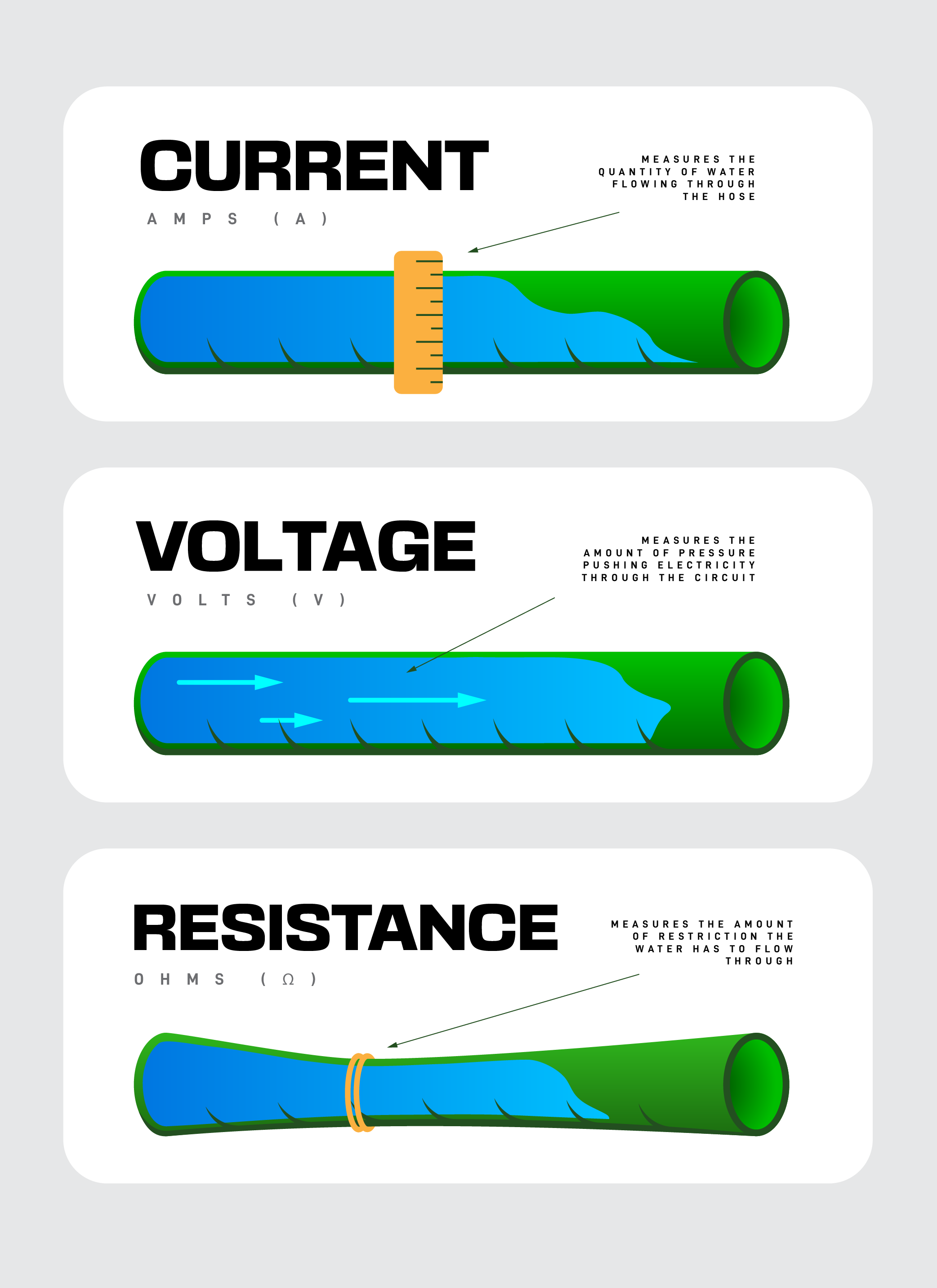
Fill in at least two fields to calculate the remaining values. Calculated values appear as placeholders.
| TERM |
FORMULA |
EXAMPLE |
| Watts (W) | V × A = W | 32A x 230V = 7360 W (7.36kW) |
| Volts (V) | W ÷ A = V | 1840 W ÷ 8 A = 230 V |
| Amps (A) | W ÷ V = A | 2000 W ÷ 230 V = 8.7 A |
| Voltage (with resistance) | A × Ω = V | 2 A × 115 Ω = 230 V |
| Current (with resistance) | V ÷ Ω = A | 230 V ÷ 460 Ω = 0.5 A |
| Resistance | V ÷ A = Ω | 230 V ÷ 10 A = 23 Ω |
| Power with current | A² × Ω = W | 3² × 25 Ω = 225 W |
| Power with voltage | V² ÷ Ω = W | 230² ÷ 115 Ω = 460 W |
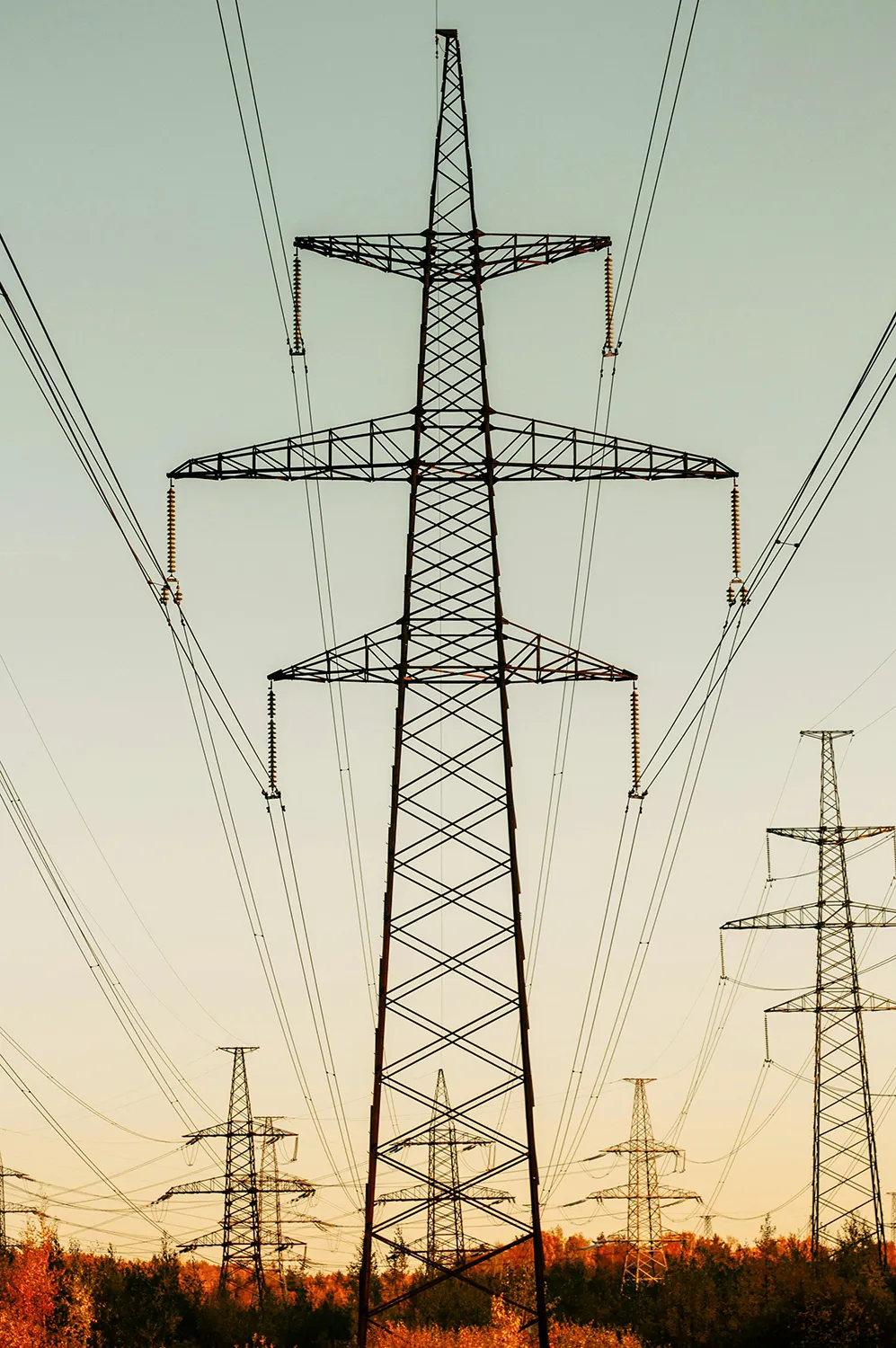
Courtesy of Сергей Рокантен on Pexels
What is Voltage? Simplifying what voltage is down to its core, is how strong the electricity is being driven through a circuit. (Volt formula: watts ÷ amps = volts).
What's an example of Voltage? Like we see in the hose analogy, voltage is what measures the electrical pressure that pushes current (amps) through a wire or cable, which at higher pressures (volts) it makes it easier to push the electrical current through the circuit.
What Voltage do Homes Run at? Australian household outlets run at 230-240V single-phase by default since 2000, which operates at enough volts (or pressure) to run everyday household appliances like fridges and lights.
What Voltage do Transmission Lines Run at? Long-distance transmission networks can run up to 220 kilovolts (kV) or 220,000 Volts (V), which are designed to run at high-voltage and lower current to reduce power losses.
What are Amps? Being a unit of measuring the volume of electrical flow, the more amps mean the higher amount of power that can flow through and be delivered if the cable is suitable. (Amp formula: watts ÷ volts = amps).
What's an Example of Amps? Similar to the flow of water in our analogy, Amps (A) measure the current flowing through a circuit at any given time.
What Amperage do Appliances Run at? Appliances like standard fridges run at around 1-3 amps, and a standard light bulb run at around 0.07 amps or 77mA (milliamps).
Because every cable or wire has at least some resistance (ohms), energy is lost which generates heat. The higher the current, the more heat that is generated, so for higher capacity, thicker cabling is used to reduce the resistance and heat buildup.
Higher voltage with less current enables the same power delivery which reduces heat loss and improves overall efficiency.

Courtesy of Huy Phan on Pexels

Courtesy of Julia Sakelli on Pexels
What are Watts? Wattage or Watts (W) measure the power which involves combining the volts and amps (Watt formula: volts x amps = watts).
Difference between W and kW? Not get confused between power and energy, Watts (W) and Kilowatts (kW) measure the amount of power at a moment in time that an appliance may be producing or consuming.
What's an Example of Watts? Using our hose example, power also applies to water where the amount of power is determined by the combined flow and pressure. Imagine your thumb over the hose nozzle, when the high flow is pressurised, it jets out a powerful flow… this is what electrical power is like.
The watt measurement is used for defining a device’s charging speed with flagship phones ranging anything around 50W of power.
What are Ohms? Ohms, also symbolised as ‘Ω’, represent the resistance in an electrical circuit, measuring how much that it resists flow (amps).
What's an Example of Ohms? Using our water pipe analogy, think of Ohms like a narrower pipe that further restricts the amount of water flow there is. Higher resistance in a cable means that less current will flow and energy loss will occur.
Does Resistance create Heat? Another aspect to note is energy loss that resistance creates. This could be represented by a small hole in the hose where water (or electricity) escapes before its destination and causes lost energy to be lost. In the electrical case, it’s lost as heat.
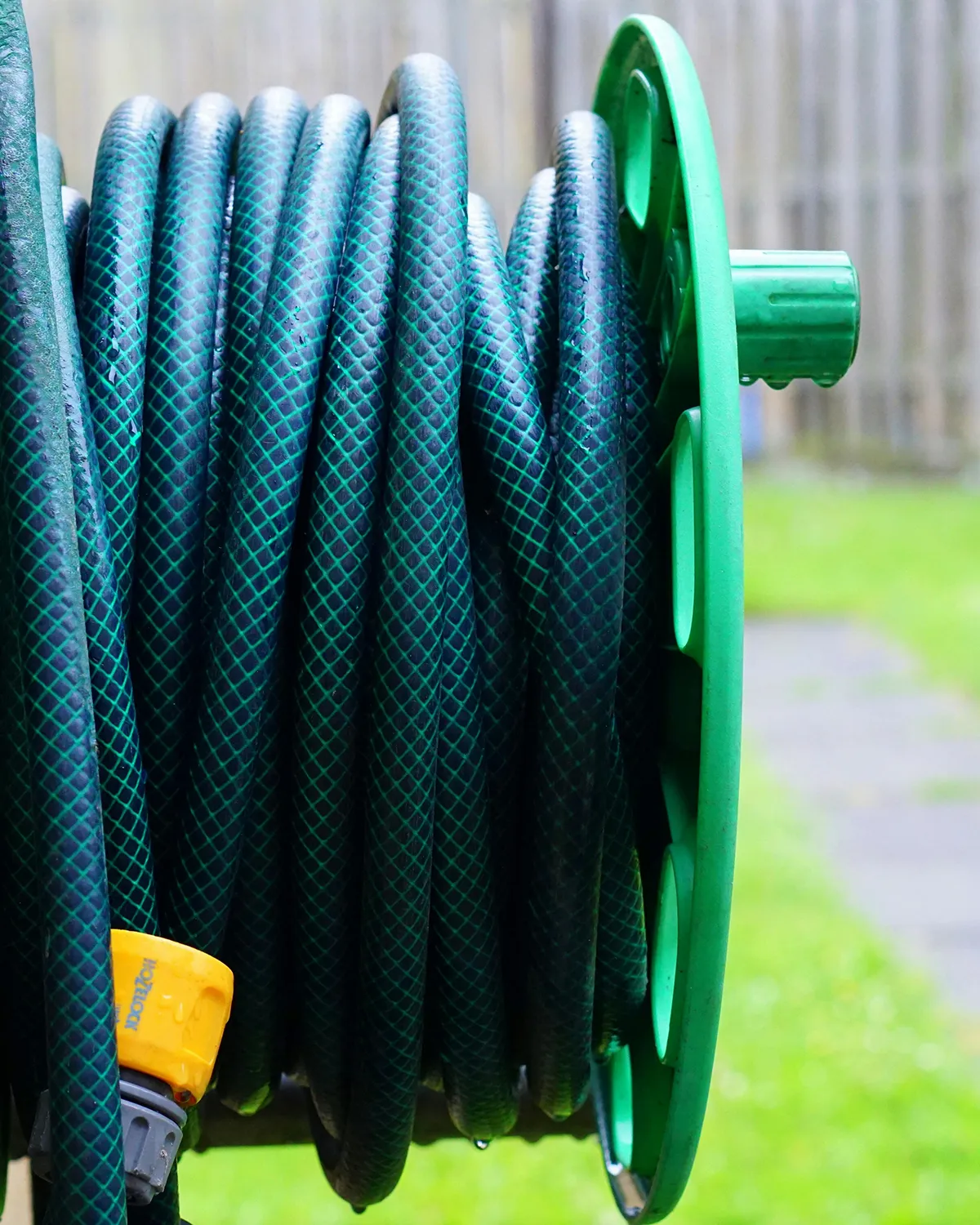
Courtesy of Mike Bird on Pexels
All values are nominal real power. Current and wattage do not account for minor power losses in wiring or appliances.
| Appliance |
Current (A) |
Voltage (V) |
Power (W) |
| Fridge |
1-3 A |
230-240 V |
200-400 W |
| Kettle |
9 A |
230-240 V | 2 kW |
| LED Lightbulb |
0.039 A |
230-240 V | 9 W |
| EV Charger |
32 A |
230-240 V | 7000 W (7kW) |
What does frequency (Hz) mean? Every home runs on alternating current at 50-60Hz. The frequency (Hz) is the number of times the alternating current switches direction per second.
How many volts is a phase? Most homes are generally single-phase, which runs at 230-240V per phase, with three-phase properties reaching 400V for more power.
What is an electrical phase? A phase (Φ)
is simply a method of delivering power to your property. The more phases, the more power can be delivered to homes and businesses that
require a higher power output to use appliances like EV chargers or industrial equipment.
Using the water analogy to determine what a phase is, think of it like a single or three water pipes supplying your house. A solo pipe can only provide so much flow at a given time, and with some needing more than what that one pipe can supply, they can opt for more and upgrade to three-phase.
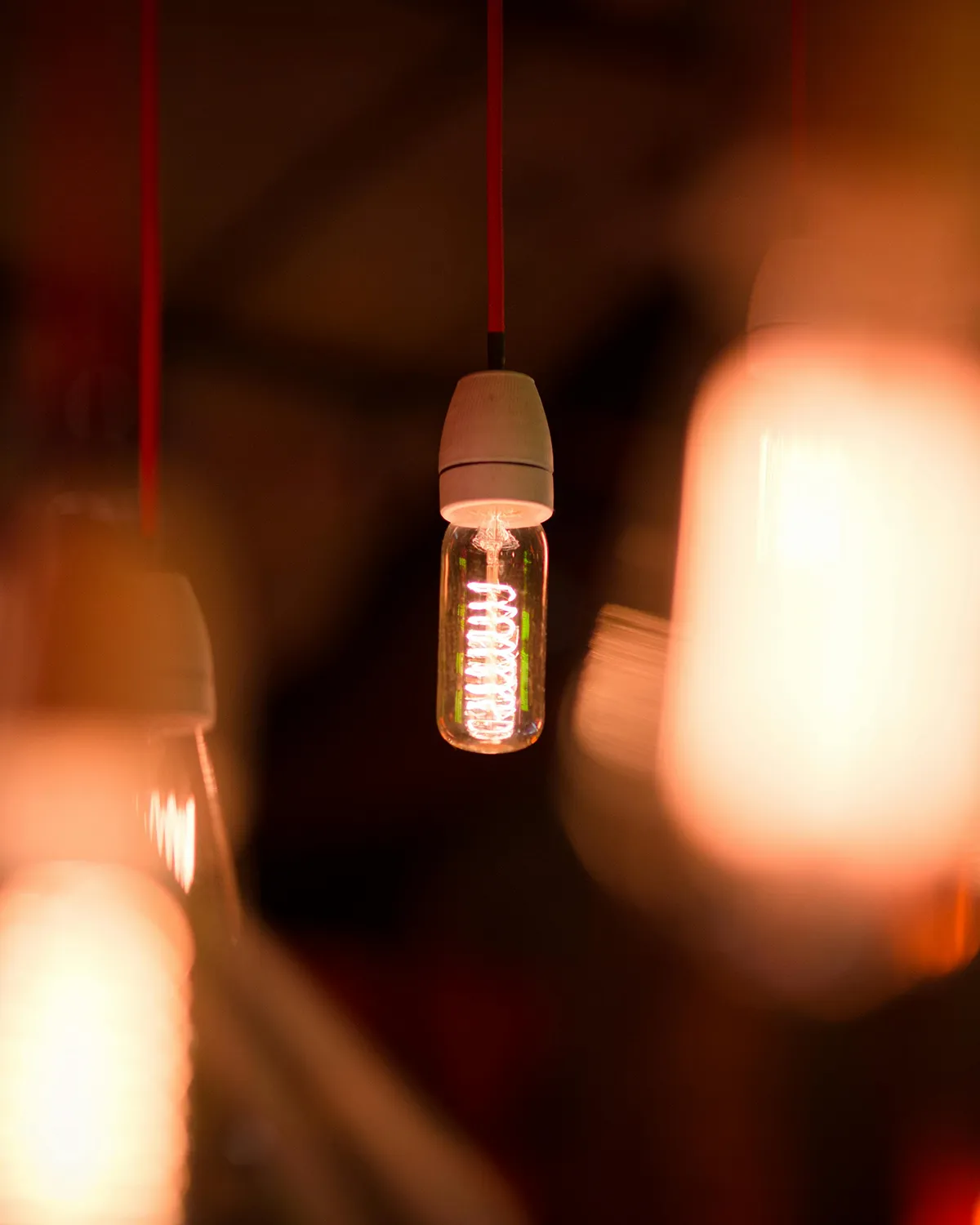
Courtesy of Novkov Visuals on Pexels

Courtesy of Cottonbro Studio on Pexels
Understanding amps, volts, and ohms shouldn’t just be limited to the academics, but be something in the back of your mind to help you know how your appliances operate.
Appliances like EV chargers and kettles require a higher amount of power for their operation, which when used all at the same time, can trip circuit breakers which are designed to stop electricity flowing and protect your appliances from too much current.
Yes, you guessed it, let’s refer to our water analogy. Circuit breakers and fuses both stop the flow of water when too much water is going through the hose which is a safety guard for protecting your home.
The difference between a fuse and circuit breaker comes down to a fuse being the last resort and requires replacement when broken and a circuit breaker being resettable.
Because voltage is the pressure pushing the electricity through your circuits, it is vulnerable to get too high or too low. When voltage gets too high, appliances are damaged, and too low means that it won’t work properly. Both not ideal.
As mentioned before, transmitting electricity long-distance requires high voltage over hundreds of thousands of volts... but how is this made suitable for homes?
What are electrical transformers? A very important part of the electrical system called the Transformer, is designed to step up or down the voltage to the required value. When reaching the end of the transmission line, transformers gradually step down the electricity’s voltage as it approaches your neighbourhood and house to the suitable amount.
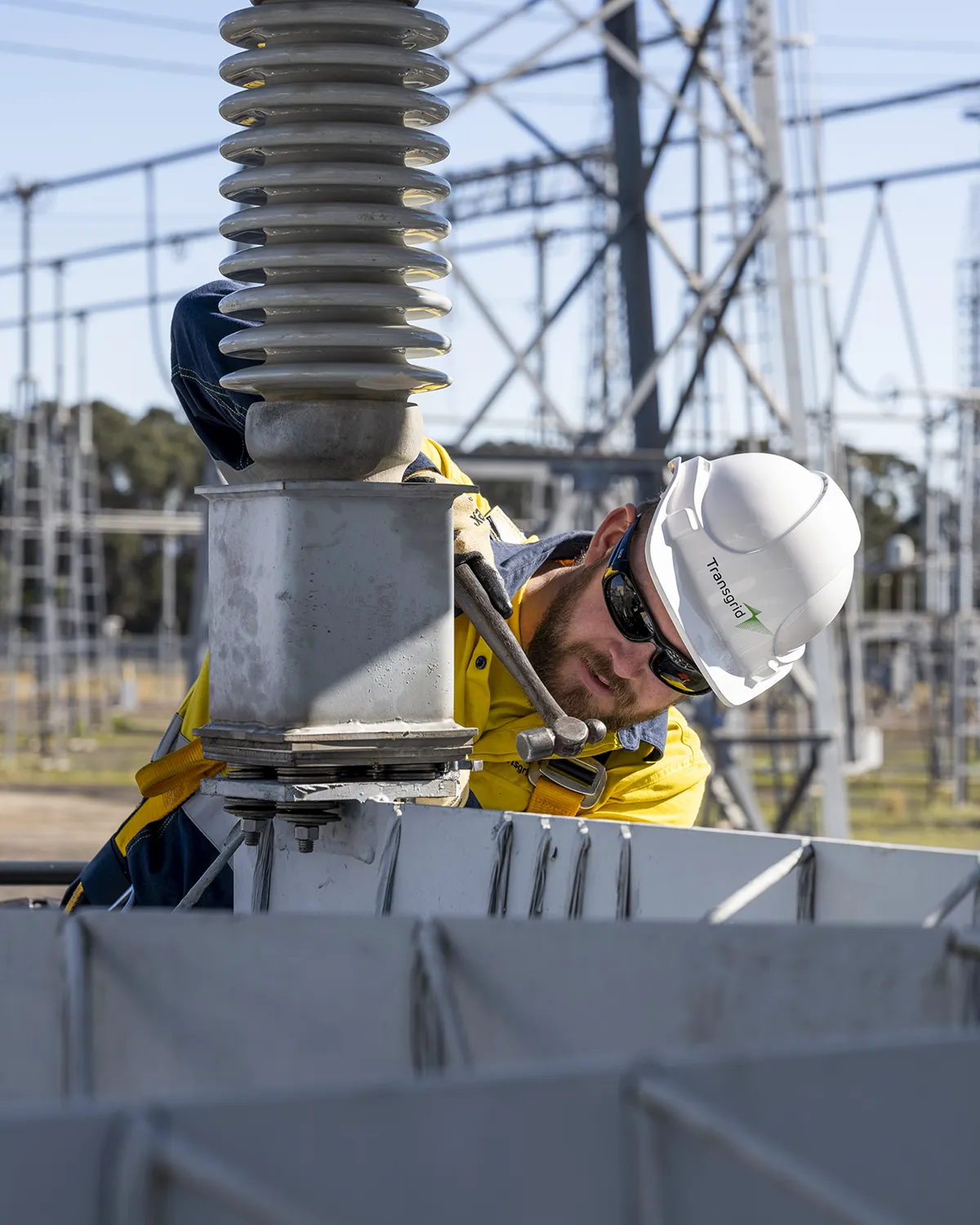
Courtesy of Transgrid
Hopefully by now you have a better understanding of watts, amps, and volts, to help you better-know how your appliances work. Compare that with knowledge on phase, and AC vs. DC, you'll be an electrical dictionary in no time.
Explore the differences between peak shaving and load shifting and how it can maximise solar & battery, reduce your bills and grid reliance in Australia.
Explore the difference between solar inverter types like grid-tied, hybrid, microinverters, and off-grid inverters for solar and battery systems in Australia.
Explore Australia's first CEC-approved bidirectional and vehicle-to-grid capable electric vehicle, the V2Grid Numbat, a 6.2kW V2G/H charger now ready.
Renewable News Articles
Not only are we specialists in solar power, but we pride ourselves in being leading installers in battery
storage, as well as EV charging for homes and businesses. For solar and battery systems, we offer both on and off-grid solutions for a
range of applications.
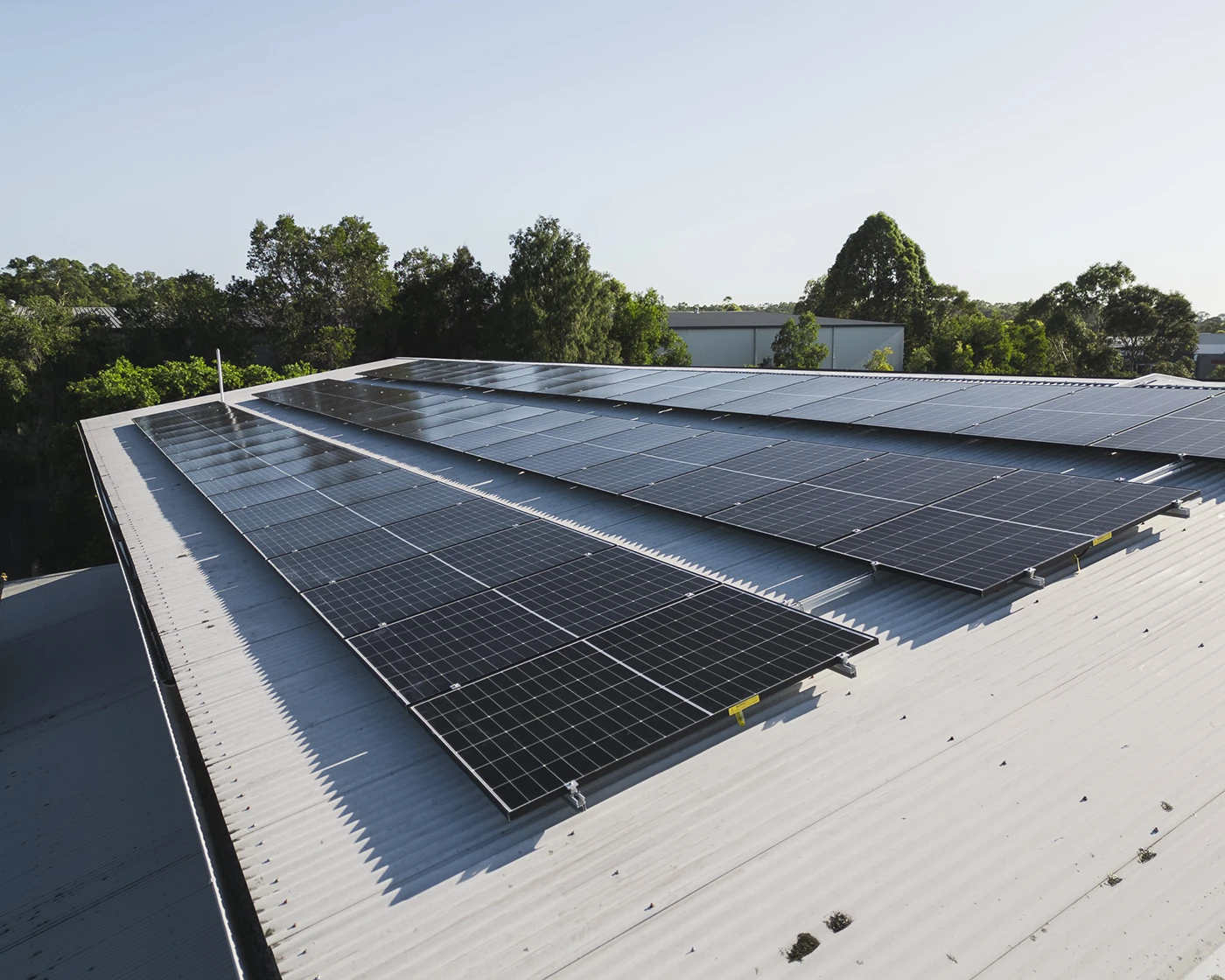
Newcastle's leading solar installers, providing long-lasting residential and commercial rooftop solar systems.
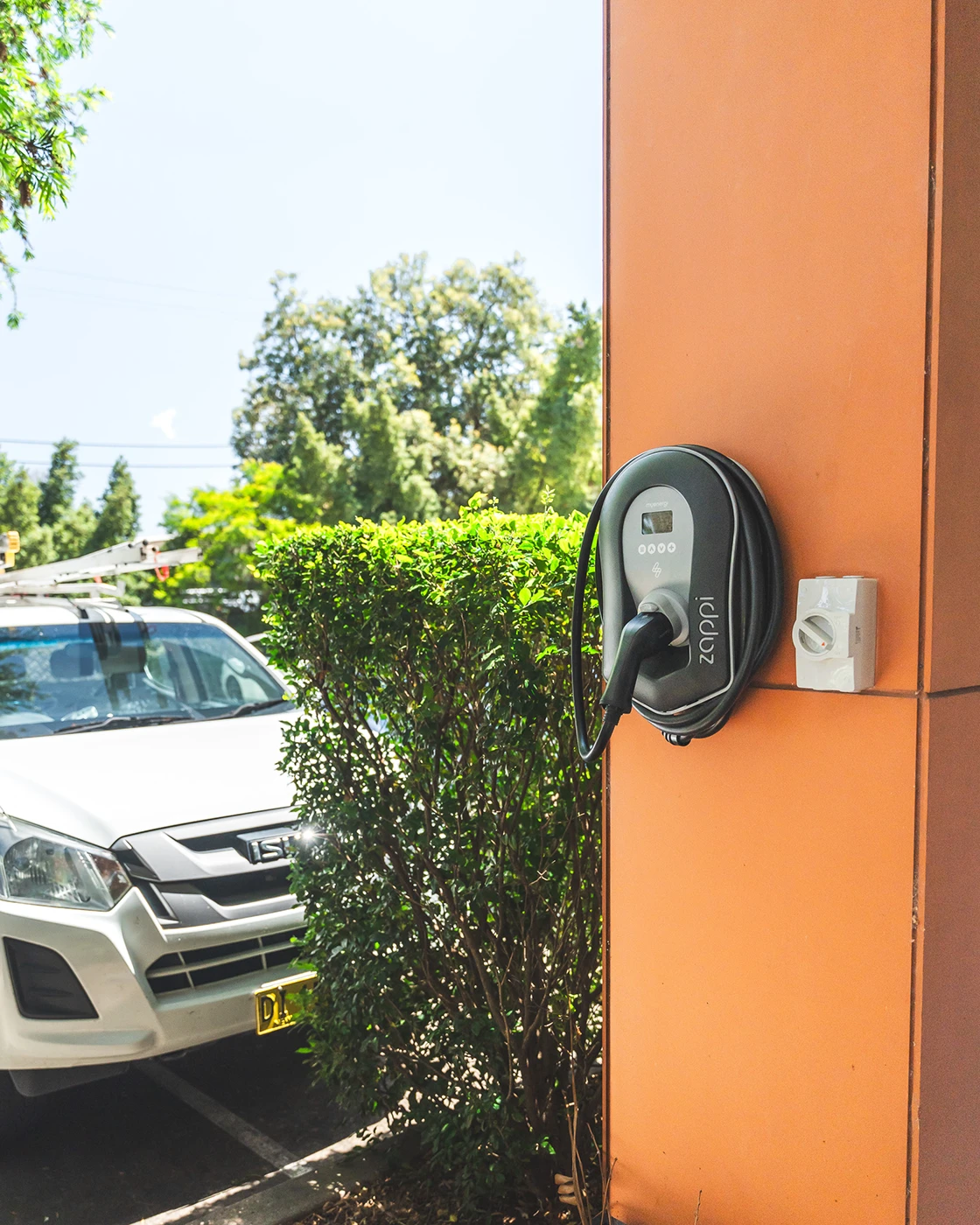
Experts in both residential and commercial electric vehicle charging station installations from 7kW - 360kW+.
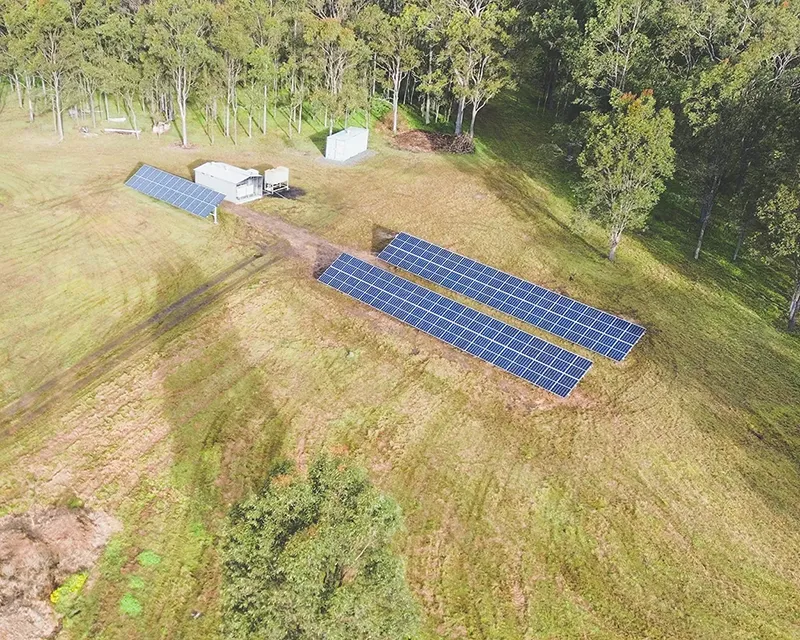
Specialists in off-grid solar and battery, helping properties never have to pay another electricity bill again.

With decades of electrical and industry experience, our fully-qualified & licensed electricians are here to help.
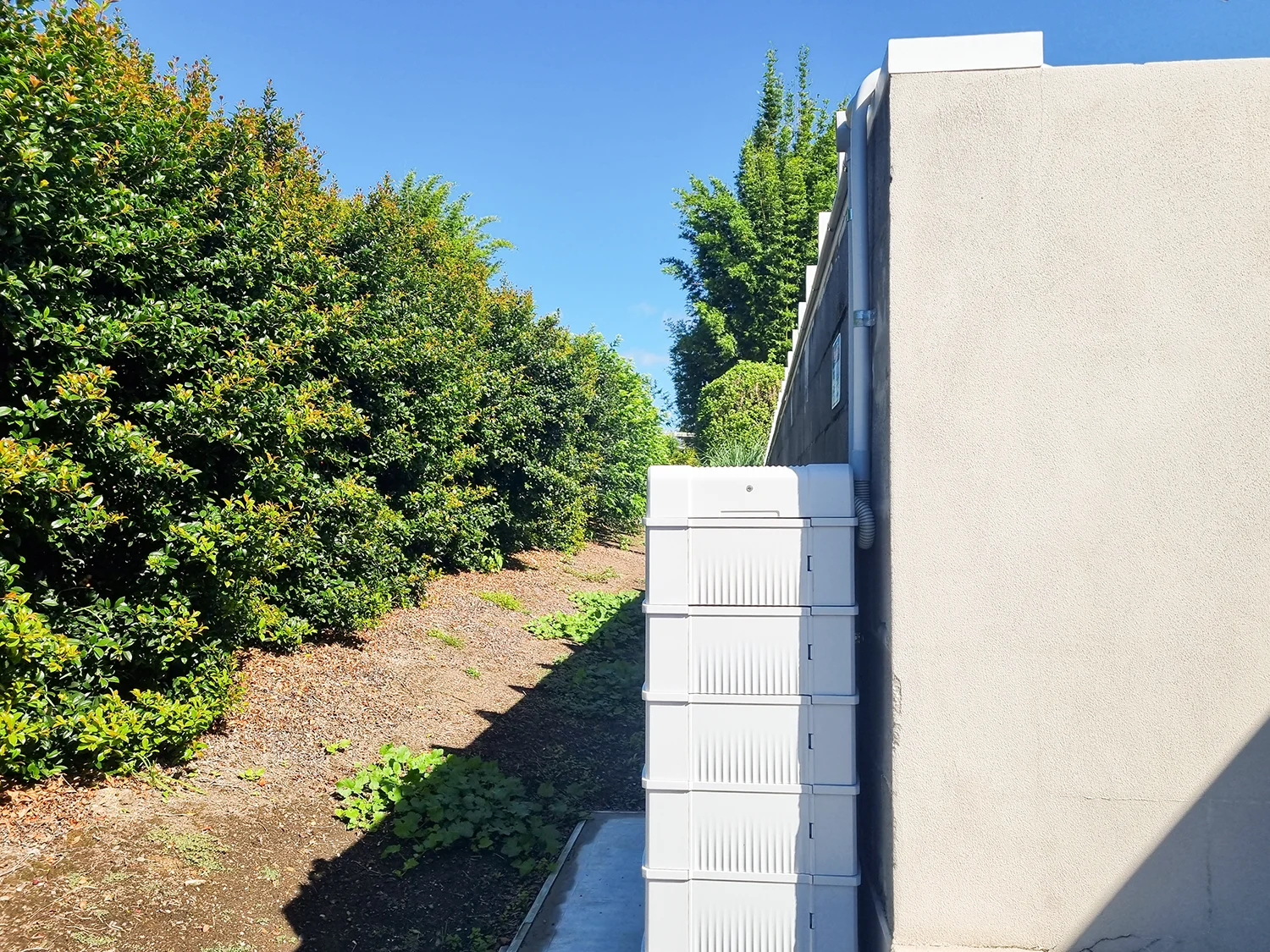
Maximise your solar generation with battery storage from reputable brands to accelerate return-on-investment.
Leave a Comment